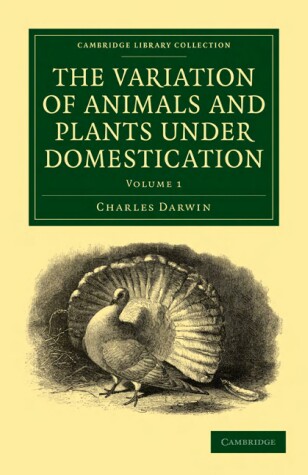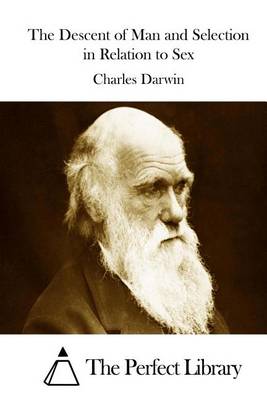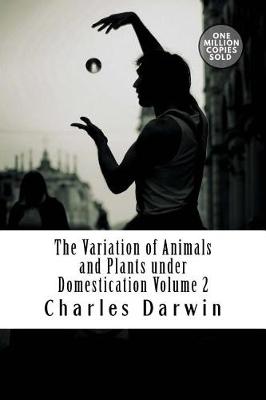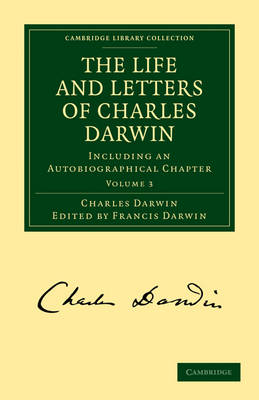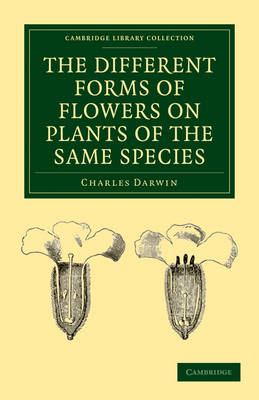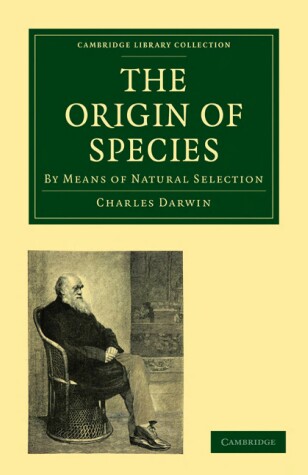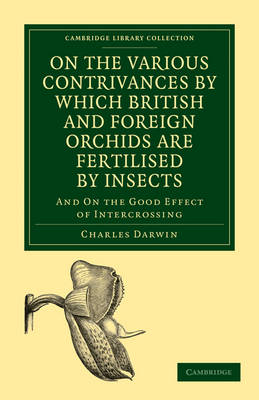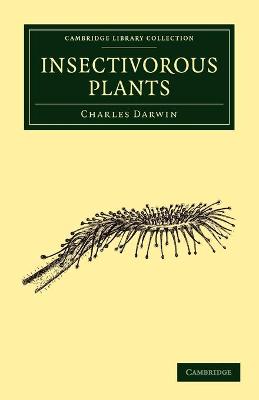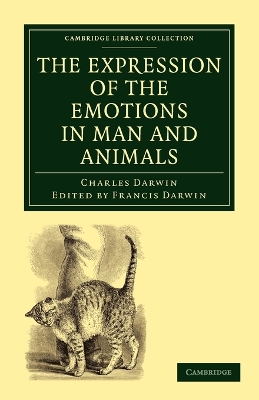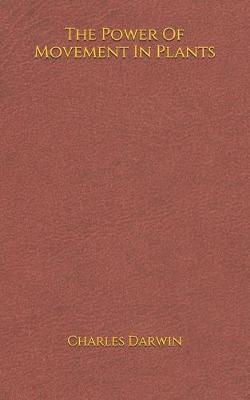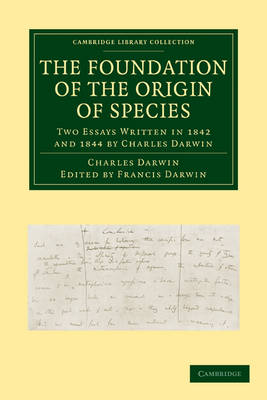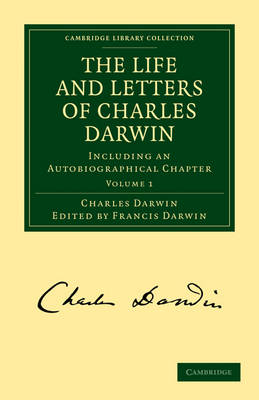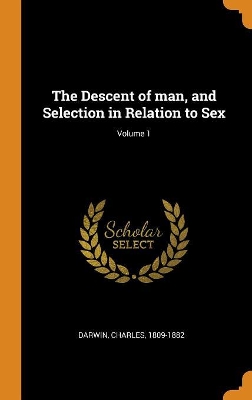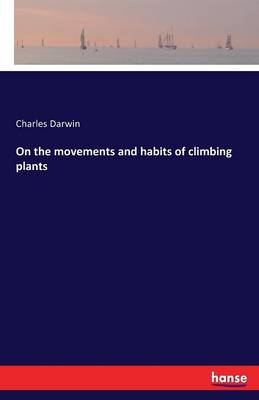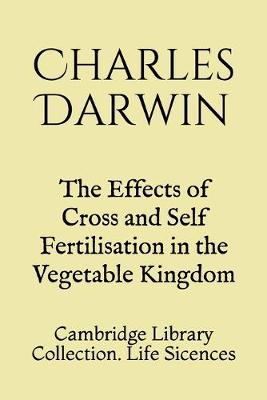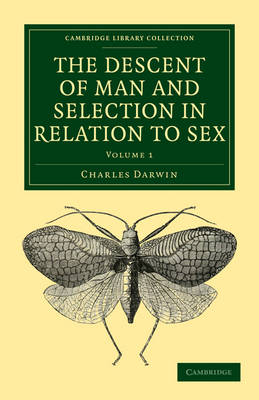Cambridge Library Collection - Darwin, Evolution and Genetics
4 primary works • 23 total works
Volume 1
The Variation of Animals and Plants under Domestication: Volume 1
by Charles Darwin
Volume 1
Volume 2
The Variation of Animals and Plants Under Domestication Volume 2
by Charles Darwin
Volume 3
The Different Forms of Flowers on Plants of the Same Species
by Charles Darwin
On the Various Contrivances by Which British and Foreign Orchids are Fertilised by Insects
by Charles Darwin
The Descent of Man, and Selection in Relation to Sex; Volume 1
by Charles Darwin
The Effects of Cross and Self Fertilisation in the Vegetable Kingdom
by Charles Darwin
The Life and Letters of Charles Darwin 3 Volume Paperback Set
by Charles Darwin
The Descent of Man and Selection in Relation to Sex 2 Volume Paperback Set
by Charles Darwin
